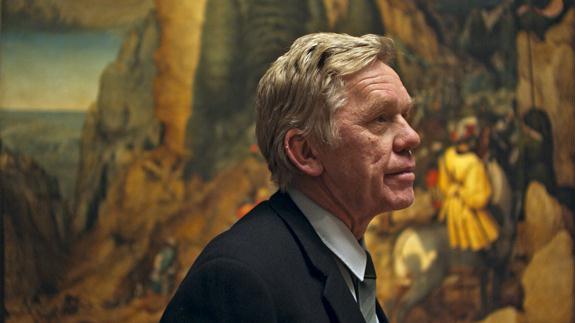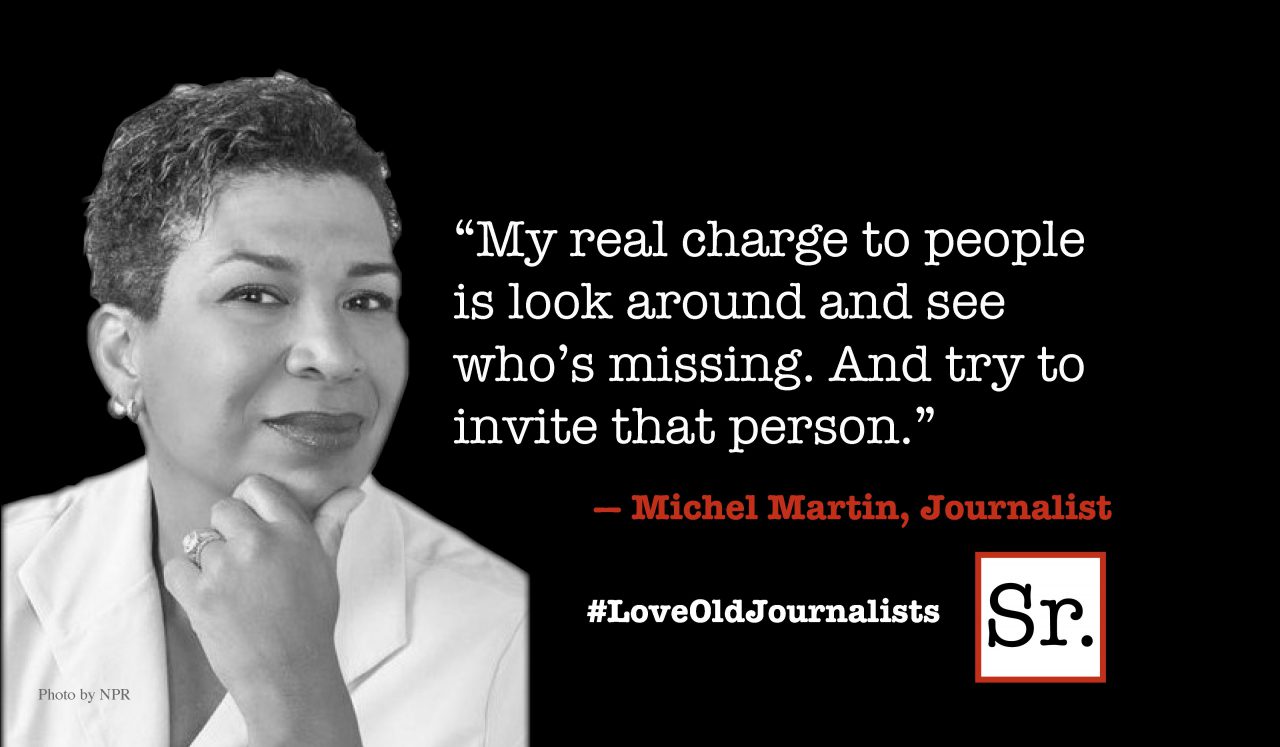At first glance one might mistake Jem Cohen’s “Museum Hours” for an art-school prank, a feature film fiendishly devised to torment those moviegoers with short attention spans.
It’s certainly not a conventional drama. At times it feels more like a documentary. And the plot, what there is of one, can be summed up in a couple of sentences.
But give this gorgeously photographed picture a chance and you might just find yourself seduced.
The setting is Vienna, particularly the grand old Kunsthistorisches Museum, repository of one of the world’s great art collections. The 60-something Johann (Bobby Sommer) works as a guard at the Kunsthistorisches. As a young man, he tells us, he managed struggling rock bands. Now he’s traded the noisy life for one of whispers and silence. Maybe that’s why the film has no musical score.
One day Johann offers assistance to a visitor who seems to be lost and confused. This is Anne (Mary Margaret O’Hara), who has flown in from Montreal because of a family emergency. Anne is the only surviving relation of her cousin, who lies in a coma in a nearby hospital. Apparently she’s expected to hang around Vienna until the cousin dies, then tie up the loose ends. (She may even have to decide whether to pull the plug on life support, though that would be the subject of a different, more topical film.)
Johann befriends Anne, serving as her translator in dealings with the doctors and escorting her around Vienna.
Aha, you say. A Golden Years love story.
Nope. Johann is gay. They’re just friends.
This description of the simple plot only scratches the surface of a surprisingly complex and thematically rich film.
In narration Johann talks about his work, about what it’s like to spend all day surrounded by great art. He comments on the sorts of people who frequent the museum: loving elderly couples, bored teens on school field trips, art junkies.
Cohen’s camera lingers lovingly on the artwork, sometimes getting so close we can see the ridges left by brushes held by long-dead painters. But the camera also observes street scenes: commuters, skateboarders, drinkers in cafes.
Linking these two milieus are the paintings of Pieter Bruegel the Elder, fantastically detailed yet weirdly fanciful depictions of 16th century peasants. At one point "Museum Hours" features a 15-minute presentation by a museum docent (Ela Piplets) to a group of tourists in which she observes that much of Bruegel’s power and popularity stems from his almost documentary approach to life.
In any other film this digression would stop the enterprise in its tracks. But for Cohen — who has a long history of experimental features and documentaries and who may be more accurately described as a video artist rather than a filmmaker — it's merely one more innovative way of looking at his subject.
In a similar vein, the lack of dramatic urgency in the pacing and performances (there's little in the way of character development) all tell us that this isn't movie business as usual.
Ultimately the film poses an unspoken question. Are Bruegel's peasants, jammed into a long-ago wedding feast, and the milling throngs on the streets of modern Vienna really all that much different?
And then there’s the notion of “eternal” art. The masterpieces on the museum’s walls have endured centuries and will no doubt be around for centuries more. The humans who visit them are only briefly on the scene.
Art may be forever. But we humans keep only museum hours.









